I have a task to classify seeds depending on the defect. I have around 14k images in 7 classes (they are not equal size, some classes have more photos, some have less). I tried to train Inception V3 from scratch and I've got around 90% accuracy. Then I tried transfer learning using pre-trained model with ImageNet weights. I imported inception_v3 from applications without top fc layers, then added my own like in documentation. I ended with the following code:
# Setting dimensions
img_width = 454
img_height = 227
###########################
# PART 1 - Creating Model #
###########################
# Creating InceptionV3 model without Fully-Connected layers
base_model = InceptionV3(weights='imagenet', include_top=False, input_shape = (img_height, img_width, 3))
# Adding layers which will be fine-tunned
x = base_model.output
x = GlobalAveragePooling2D()(x)
x = Dense(1024, activation='relu')(x)
predictions = Dense(7, activation='softmax')(x)
# Creating final model
model = Model(inputs=base_model.input, outputs=predictions)
# Plotting model
plot_model(model, to_file='inceptionV3.png')
# Freezing Convolutional layers
for layer in base_model.layers:
layer.trainable = False
# Summarizing layers
print(model.summary())
# Compiling the CNN
model.compile(optimizer = 'adam', loss = 'categorical_crossentropy', metrics = ['accuracy'])
##############################################
# PART 2 - Images Preproccessing and Fitting #
##############################################
# Fitting the CNN to the images
train_datagen = ImageDataGenerator(rescale = 1./255,
rotation_range=30,
width_shift_range=0.2,
height_shift_range=0.2,
shear_range = 0.2,
zoom_range = 0.2,
horizontal_flip = True,
preprocessing_function=preprocess_input,)
valid_datagen = ImageDataGenerator(rescale = 1./255,
preprocessing_function=preprocess_input,)
train_generator = train_datagen.flow_from_directory("dataset/training_set",
target_size=(img_height, img_width),
batch_size = 4,
class_mode = "categorical",
shuffle = True,
seed = 42)
valid_generator = valid_datagen.flow_from_directory("dataset/validation_set",
target_size=(img_height, img_width),
batch_size = 4,
class_mode = "categorical",
shuffle = True,
seed = 42)
STEP_SIZE_TRAIN = train_generator.n//train_generator.batch_size
STEP_SIZE_VALID = valid_generator.n//valid_generator.batch_size
# Save the model according to the conditions
checkpoint = ModelCheckpoint("inception_v3_1.h5", monitor='val_acc', verbose=1, save_best_only=True, save_weights_only=False, mode='auto', period=1)
early = EarlyStopping(monitor='val_acc', min_delta=0, patience=10, verbose=1, mode='auto')
#Training the model
history = model.fit_generator(generator=train_generator,
steps_per_epoch=STEP_SIZE_TRAIN,
validation_data=valid_generator,
validation_steps=STEP_SIZE_VALID,
epochs=25,
callbacks = [checkpoint, early])
But I've got terrible results: 45% accuracy. I thought it should be better. I have some hypothesis what could go wrong:
- I trained from scratch on scaled images (299x299) and on non-scaled while transfer-learning (227x454) and it failed something (or maybe I failed dimensions order).
- While transfer-learning I used
preprocessing_function=preprocess_input(found article on the web that it is extremely important, so I decided to add that). - Added
rotation_range=30,width_shift_range=0.2,height_shift_range=0.2, andhorizontal_flip = Truewhile transfer learning to augment data even more. - Maybe Adam optimizer is a bad idea? Should I try RMSprop for example?
- Should I fine-tune some conv layers with SGD with small learning rate too?
Or did I failed something else?
EDIT: I post a plot of training history. Maybe it contains valuable information:
EDIT2: With changing parameters of InceptionV3:
VGG16 for comparison:


